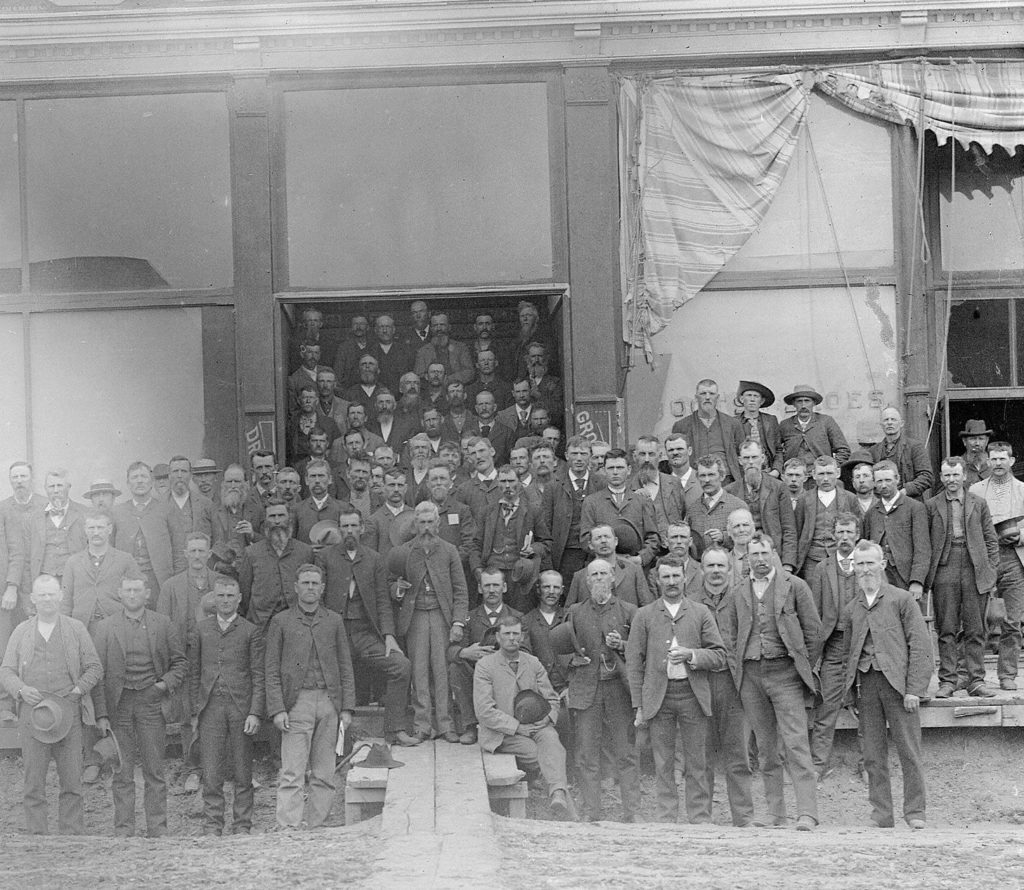Reluctant Reformers: Racism and Social Reform Movements in the United States, by Robert L. Allen and Chude Pamela Allen, 3rd edition, with a foreword by Jamelle Bouie. OR Books, 2021.
Robert L. Allen and Chude Pamela Allen wrote the book on the destructive and corrupting impact of racist ideology on U.S. social movements. Their recently re-issued Reluctant Reformers remains as timely now as when it was first published 47 years ago. The book takes readers through a sweeping survey of major U.S. social movements – beginning with abolition and marching through the Populist, Progressive, women’s suffrage, labor, socialist and communist movements. An epilogue added in 1983 looks at the burst of radical activism that flourished in the long sixties. In each case, Reluctant Reformers details the ways that racist ideology shaped and ultimately corrupted white-dominated collective efforts at social reform.
Consider, for instance, the white Populist response to an 1890 federal bill that would have established federal supervision of congressional elections. The obvious significance of the bill was in the promise of enforcing Black voting rights that had been secured, at least in theory, with the 15th Amendment. Reluctant Reformers argues that white Populists sought to conciliate Black voters as well as whites who feared Black political empowerment. As a result, Georgia’s key Populist leader, Tom Watson, argued that all citizens should have the right to vote but opposed the bill because he opposed federal interference in elections. (page 61)
As this example demonstrates, a continual challenge for Black social reformers was the fact that white social reformers frequently believed they needed to appeal to whites and accommodate white racism in order to develop a social base. Similarly, when Black political power seemed crucial to the fortunes of a social reform movement, even white leaders with racist beliefs adopted causes that advanced racial equality. By 1896, for instance, Watson had denounced lynch law and Black disenfranchisement, and the Populists’ Georgia platform included the abolition of the convict lease system. After Georgia Democrats effectively disenfranchised the state’s Black voters and the Populist movement collapsed, however, Watson descended into vile racism.
Racist populism is nothing new
Some of the basic contours of the Allens’ story will be familiar to many of today’s readers. Students of the labor movement, for instance, will not be surprised to learn that early trade unions excluded Black members or established segregated local union chapters that were subordinated to the union’s white leadership, that unionists on the West Coast played a leading role in calling for the exclusion of Chinese and Japanese immigrants, or that Black activists had to establish their own, independent unions – such as the Brotherhood of Sleeping Car Porters – in the face of labor racism. Readers of Angela Davis’ Women, Race, and Class will know that key white suffragists ended up collaborating with white supremacists after they split with Black activists over the exclusion of women from the 14th amendment.
Even so, the six case studies are full of surprising details. When the populist Southern Alliance controlled the Georgia legislature in 1891, for instance, the body “passed the largest number of anti-black bills ever enacted in a single year in Georgia history. These included a law which laid the basis for the later establishment of the white primary, and a segregation statute which superseded an equal accommodations law won by black politicians during Reconstruction.” (page 56)
Telling as the details are, the book’s strength lies in its scope. By charting the trajectories of so many different movements, Reluctant Reformers highlights a persistent dynamic in U.S. political life. “In American reform movements, we note a continuous clash between black and white reformers over the question of race,” the authors write. (page 233) When the book was first published in 1974, the Allens’ analysis of that clash spoke to a generation of activists that had come out of the 1960s surge in social movements. Those activists sought to build a durable left political force and were exploring possible paths forward. Some sought to understand U.S. politics primarily in terms of class and understood racism as less fundamental than class structure. The Allens’ work persuaded many leftists to take a different approach, one that recognized the political possibilities of antiracist struggle. As they write towards the conclusion of their book, “black social reformers were seeking to push general social reformism toward a broader struggle where it would confront racism. But this would mean these were no longer reform movements but revolutionary movements attacking a principal phenomenon of the bourgeois order.” (page 262)
The insights of Reluctant Reformers are still relevant in our era of debates over the role of so-called “identity politics,” which is a term often used to denigrate movements rooted in a particular community that aim to combat discrimination or inequality. Looking through the lens the book offers, we can see that far from weakening efforts for social reform, those movements have been crucial in widening our democracy and providing openings for all of us to struggle for a more just and equal society. Reluctant Reformers provides more reason to believe that retreating from an antiracist politics to gain immediate victories will ensure that those victories will be short-lived.
Did you enjoy this article?
We're in the middle of our annual fund drive, and this year we're building our own internal infrastructure for subscriptions, meaning more of every dollar pledged goes to fulfilling our mission. Subscribe today to support our work and be a part of Convergence's next evolution.

